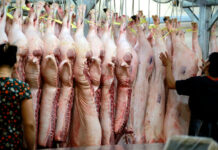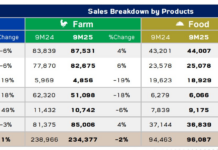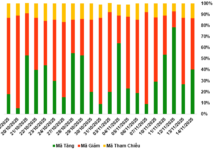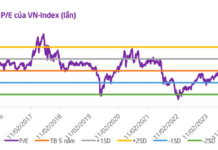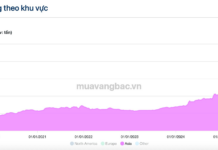
Customers can easily scan the QR code to access information about products with the “Tick xanh trách nhiệm” label.
Notably, at Co.opmart Thang Loi, in addition to fresh produce, some products such as chicken/duck eggs also bore the “tick xanh” label.
Representatives of the distribution systems observed that consumers are paying increasing attention to these products. Specifically, at the Co.opmart and Co.opXtra systems, sales of “tick xanh” labeled products in July 2025 increased by 40% compared to the same period in 2024; while at MM Mega Market, sales increased by 20%-30%.
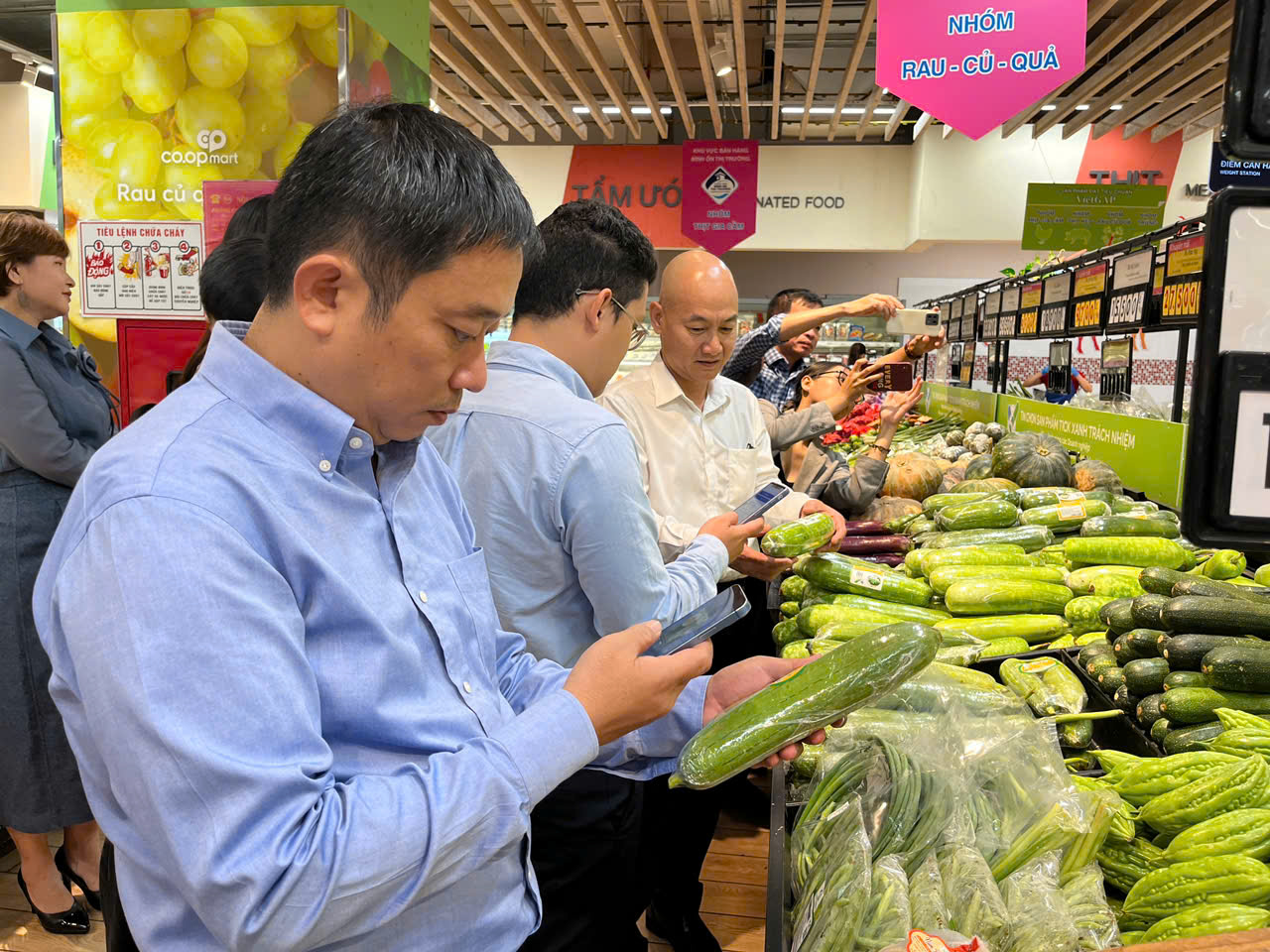
The survey team retrieves information about “Tick xanh trách nhiệm” products at Co.opmart Thang Loi.
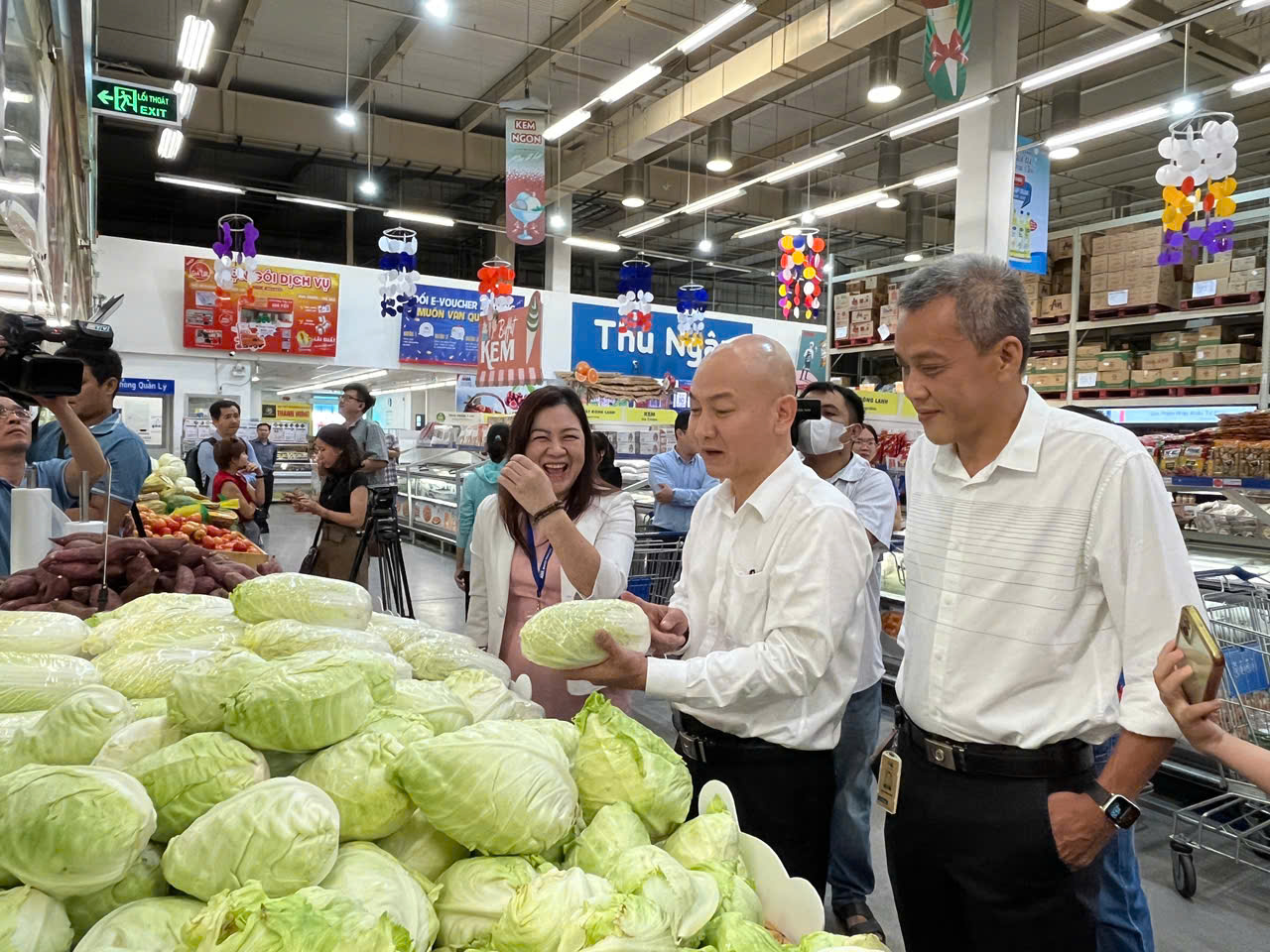
At MM Mega Market, “Tick xanh trách nhiệm” products are also allocated a separate area for easy customer recognition and shopping.
According to Mr. Dao Ha Trung, Chairman of the Ho Chi Minh City High-Tech Association (the program’s companion organization), there are currently 12 distribution systems, more than 330 suppliers, and over 3,000 products participating in the “Tick xanh trách nhiệm” program. The products are not limited to fresh produce but also include processed and packaged goods, with a quality control system updated using blockchain technology.
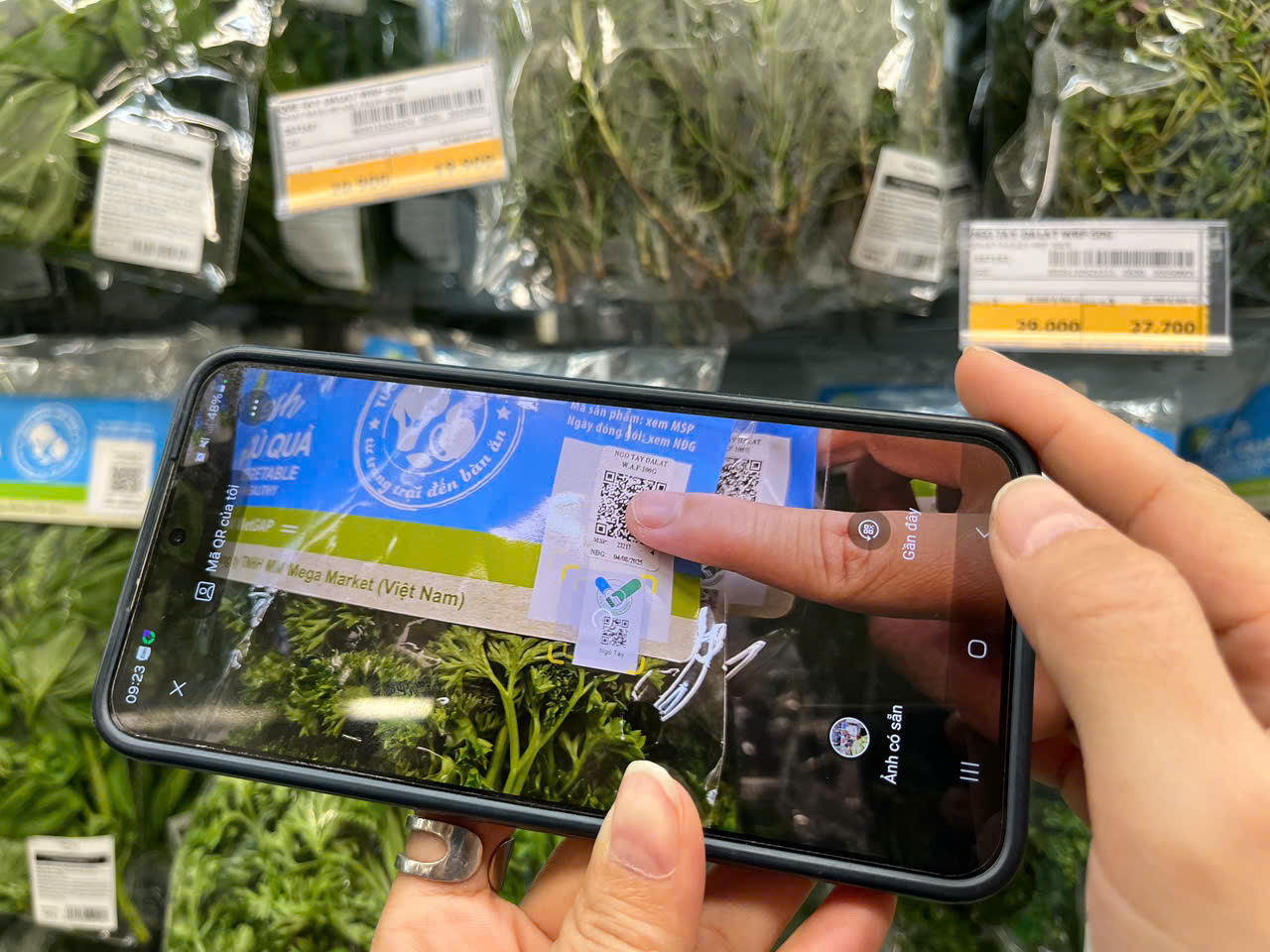
The “Tick xanh trách nhiệm” label is becoming a distinctive feature and a competitive advantage for many products.
“Consumers nowadays are not just buying safety, but also quality and responsibility. This ‘tick xanh’ system supports stringent and transparent quality control across the entire supply chain,” emphasized Mr. Trung.
According to Mr. Dinh Quang Khoi, Marketing Director of MM Mega Market Vietnam, the “tick xanh trách nhiệm” is a commitment that runs through from the management agency to the distributor. Suppliers are subject to periodic and surprise inspections, and violations will result in product recalls.
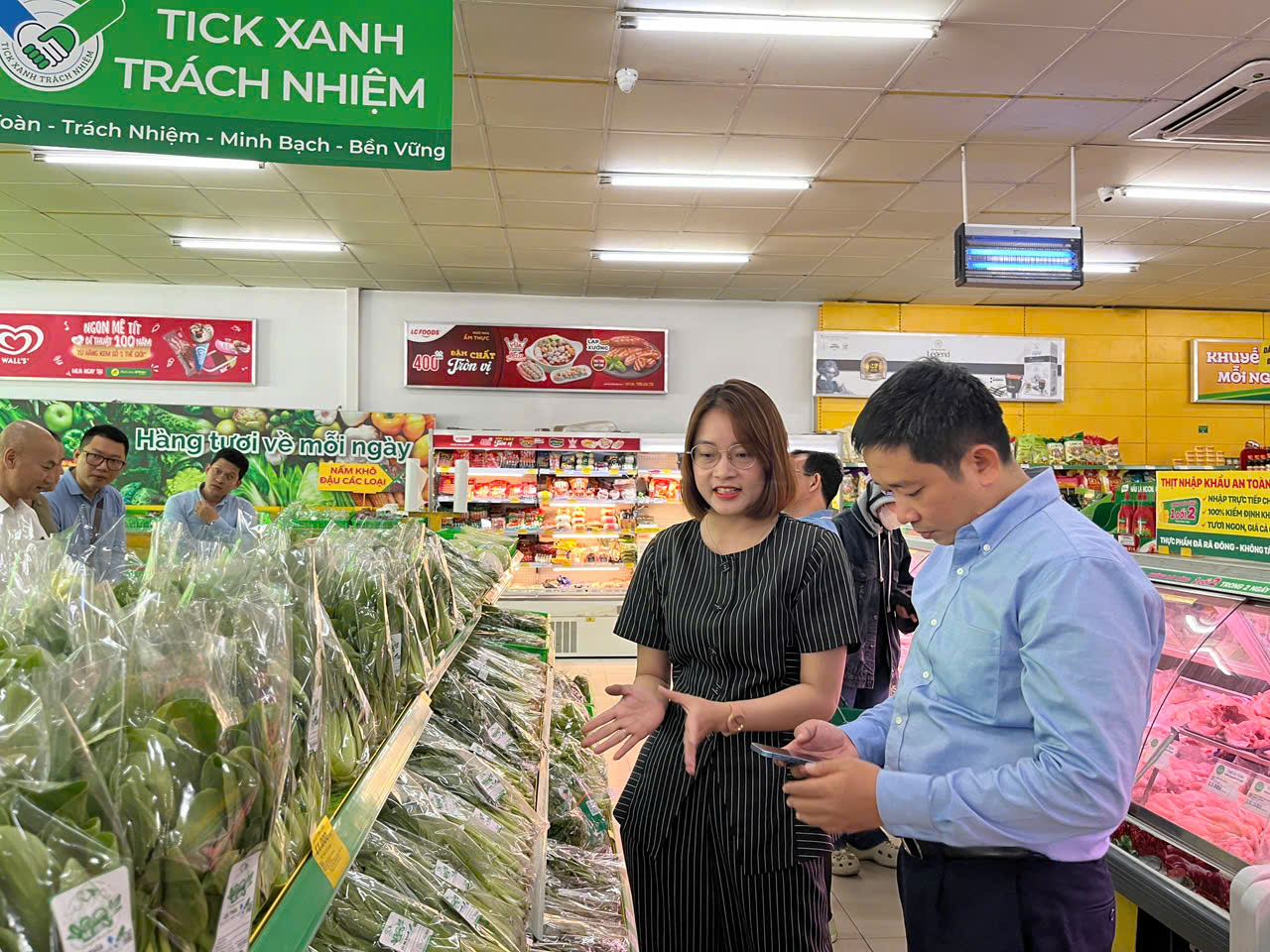
Bach Hoa Xanh is actively expanding the program to include more suppliers and product categories.
For Saigon Co.op, the “tick xanh” is a competitive advantage. “We encourage, train, and guide suppliers to print the ‘tick xanh’ logo on their product labels,” shared Ms. Vo Thi Bich Thuy, Deputy Director of Business at Saigon Co.op.
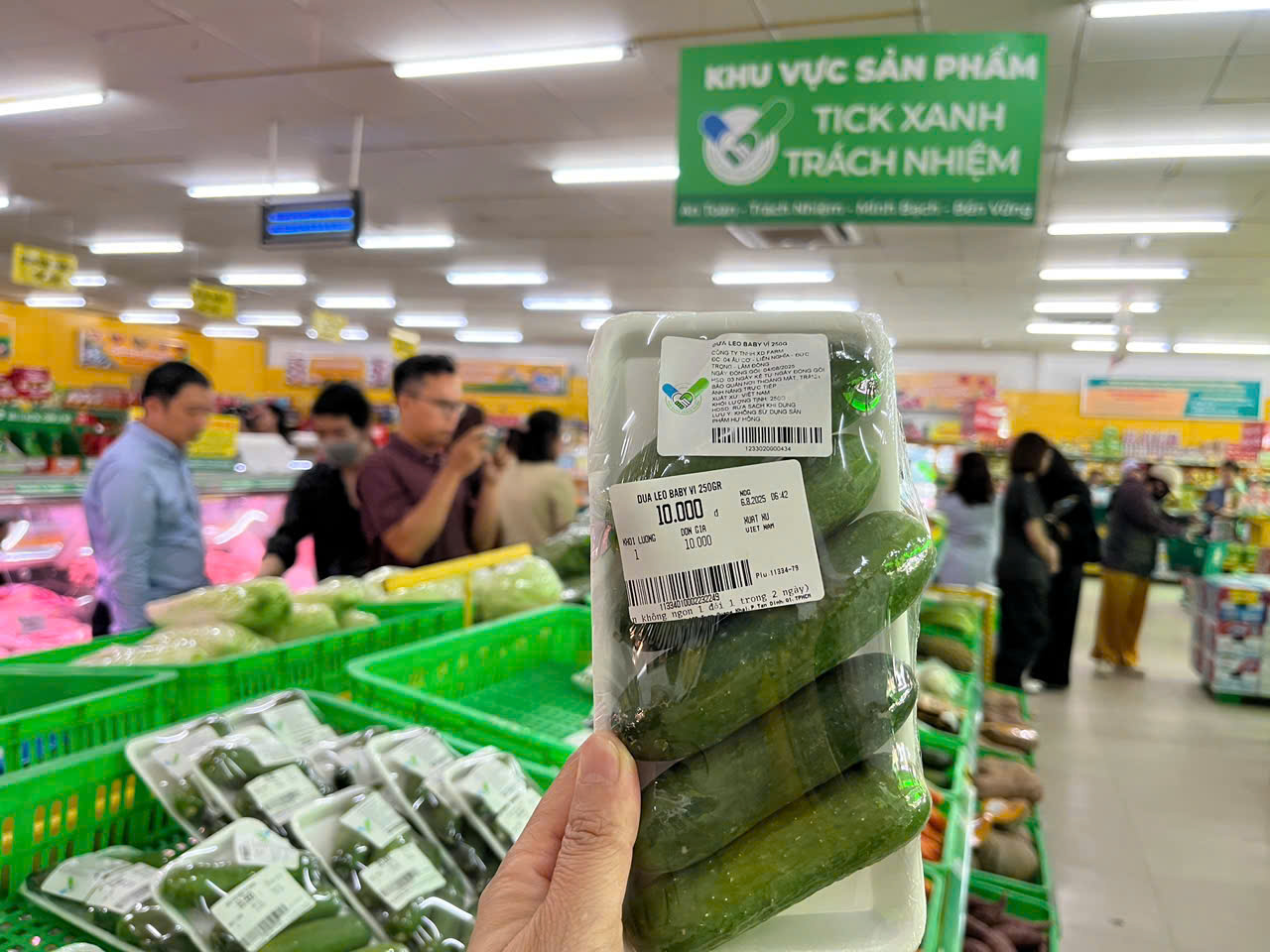
The Digital Technology Industry Act: Defining Digital Assets
With a growing number of individuals accumulating substantial wealth and assets through digital transactions, the challenge of taxing these transactions has become increasingly prominent. According to Mr. Dau Anh Tuan, Vice Secretary-General and Head of the VCCI’s Legal Department, the draft Law on Digital Technology Industry with its notable features in management and legal framework, particularly its first-ever definition of digital assets, is poised to address this issue.
The Perils of Neglecting Traceability: A Brand’s Demise
With end-to-end traceability from seed to shelf, businesses can ensure transparency and accuracy throughout the supply chain. From the very beginning of the planting process to the final stage of packaging and distribution, this level of traceability empowers exporters by providing a clear and reliable journey for their products, ultimately benefiting the end consumer.

